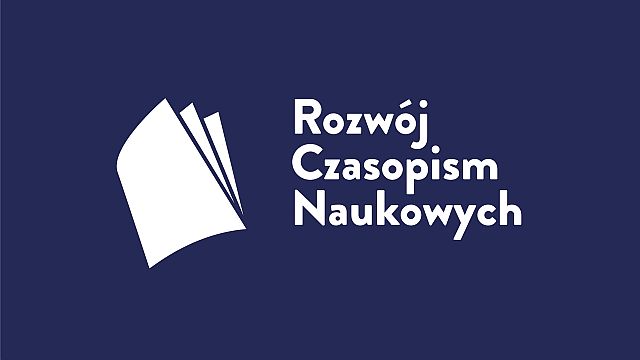Mityzacja świata przedstawionego w powieści "Kroniki Eksplozji" Yan Lianke
Abstrakt
This article discusses the function of mythologisation in the fictional universe of The Explosion Chronicles by the Chinese writer Yan Lianke. The novel contains numerous references to phenomena and situations of a phantasmagorical nature, which at the same time bear the hallmarks of myth. Knowledge of the constitutive features of myth makes possible a more complete understanding of the function of the literary devices employed by Yan Lianke in the above-mentioned novel, as well as an analysis of the myth-forming elements at various levels of the creation of the fictional world, including the narrative, characters, time, and place. The article describes two types of narrative used in the novel and how they complement each other to reveal the absurdities of the Chinese reality to which the novel refers. The next part introduces Joseph Campbell’s concept of “masks” enveloped in his theory of myth, and explains how characters in the novel create their own or other people’s perceptions.
The article also touches on the aspect of mythological time, explaining why the plot does not follow a logical time sequence, while elaborating on the symbolic meaning of the different seasons and the function of time inconsistencies in the novel. The last part of the article focuses on the place and space described in The Explosion Chronicles. The author of the article explains the role of Chinese symbolism in describing space, as well as the directions taken by certain characters, and use the concept of imago mundi to explain the significance of mythical creation in relation to the characters’ sense of confusion in the dynamically developing city of Explosion.
Downloads
Bibliografia
Ciesielski R.T., Metamorfozy maski. Koncepcja Josepha Campbella, Wydawnictwo Naukowe UAM, Poznań 2006.
Duan Y.F., Space and Place. The Perspective of Experience, University of Minnesota Press, Minneapolis 2001.
Eliade M., Sacrum, mit, historia: wybór esejów, wyboru dokonał i wstępem opatrzył M. Czerwiński, przeł. A. Tatarkiewicz, Państwowy Instytut Wydawniczy, Warszawa 1993.
Erdberg-Consten von E., Time and Space in Chinese Cosmology, „Philippine Quarterly of Culture and Society” 1973, vol. 1, no. 2, s. 120–131.
Flowers B.S., Potęga mitu. Rozmowy Billa Moyersa z Josephem Campbellem, przeł. I. Kania, Wydawnictwo Znak, Kraków 2007.
Głowiński M., Kostkiewiczowa T., Okopień-Sławińska A., Sławiński J., Słownik terminów literackich, Zakład Narodowy im. Ossolińskich, Wrocław–Warszawa–Kraków 2000.
Hargett J.M., Song Dynasty Local Gazetteers and Their Place in The History of Difangzhi Writing, „Harvard Journal of Asiatic Studies” 1996, vol. 56, no. 2, s. 405–442.
Jarzębski J., Mityzacja rzeczywistości [w:] B. Schulz, Opowiadania. Wybór esejów i listów, oprac. J. Jarzębski, Zakład Narodowy im. Ossolińskich, Wrocław 1989.
Speina J., Mit w literaturze [w:] idem, Typy świata przedstawionego w literaturze, Wydawnictwo Adam Marszałek, Toruń 2000.
Tischner J., Fenomenologia jako wydarzenie w kulturze [w:] Edyta Stein – filozof i świadek epoki: materiały z międzynarodowego sympozjum w Opolu – Kamieniu Śląskim w dniach 9–10.04.1997, red. J. Piecuch, Wydział Teologiczny Uniwersytetu Opolskiego, Opole 1997.
Yan L., Discovering Fiction, przeł. C. Rojas, Duke University Press, Durham–London 2022.
Yan L., Kroniki Eksplozji, przeł. J. Krenz, Państwowy Instytut Wydawniczy, Warszawa 2019.

 Uniwersyteckie Czasopisma Naukowe
Uniwersyteckie Czasopisma Naukowe





